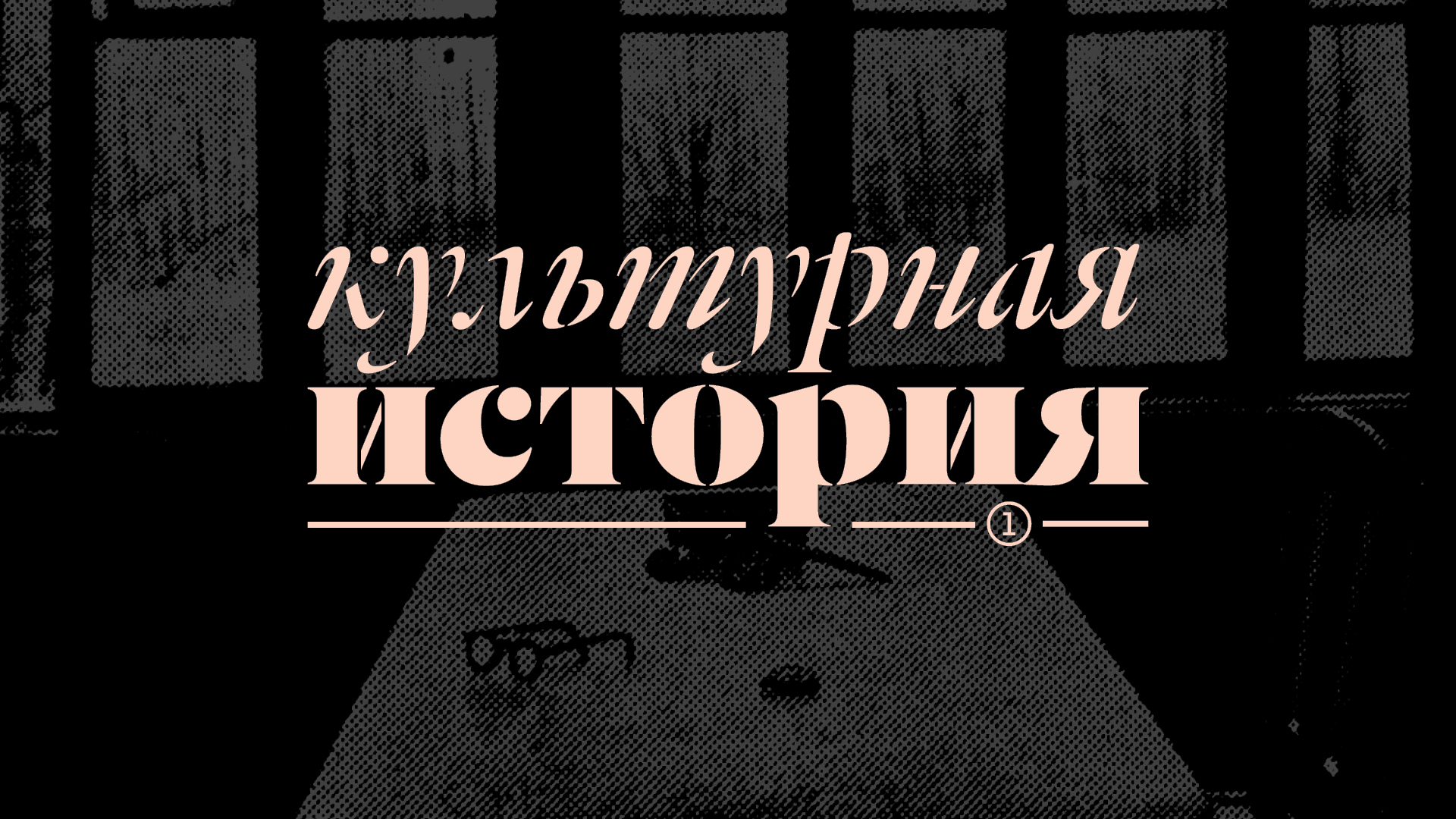Abstract
George L. Mosse explicates the methodology of his study in the introduction to the latest monograph “The Image of a Man. The Creation of Modern Masculinity” (1996). It is based on the study of visual stereotypes as universal ways of representing of a certain culture and subculture, which are used to legitimize generally accepted norms and ideals, on the one hand, and to marginalize those who do not meet these norms, on the other. Mosse distinguishs the main stages in the formation of a “real man” stereotype, which absorbed the cult of ancient beauty, the knightly idea of honor, the Christian ideal of purity and readiness for self-sacrifice. Likeways the key concept for this study is the “countertype”, that is, a stereotypical figure of an outcast, the existence of which shades and strengthens the ideal of a “real man”, and the main stages of development of the ideal and countertypes are traced, the detailed study of which is devoted to separate chapters of the book.
